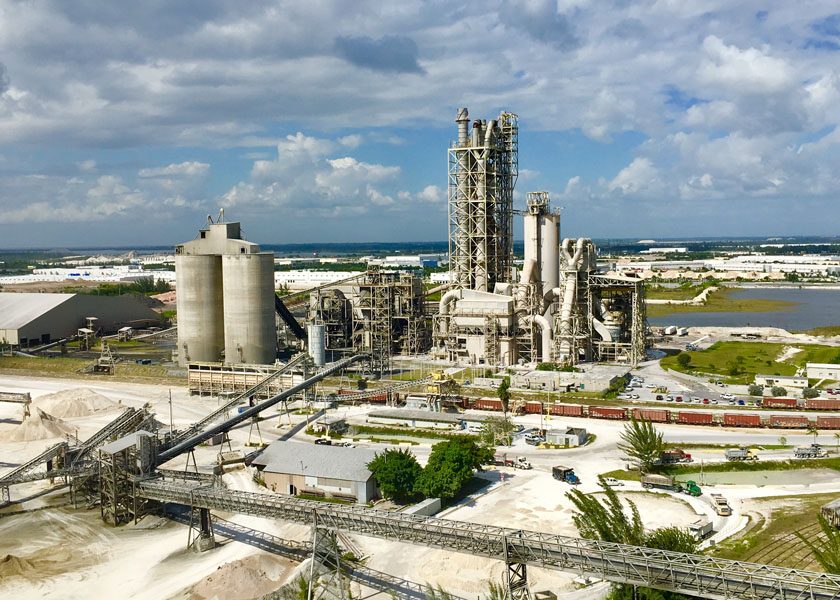LafargeHolcim has ramped up its partnership with Solidia Technologies to reduce CO2 across its value chain by signing a long-term Collaboration Framework Agreement. The collaboration, which began in 2013, is formally agreed until 2025, with an option to extend.
Together the two companies’ solutions not only emit up to 30% less CO2 during cement production, they also capture and store CO2, leading to a 70% carbon reduced concrete. Together with Solidia, LafargeHolcim will continue to develop new innovative solutions focused on non-reinforced concrete structures and paving while also aiming to make it increasingly applicable for structural applications.
Marcel Cobuz, region head Europe said, “Leading the way in low-carbon construction, we plan to facilitate a wider and faster roll-out of the innovative Solidia solution across our operations around the world. By scaling up Solidia’s solutions, we can fast-forward our vision of carbon-neutral cities.”
“By providing market access, technical expertise and market intelligence, LafargeHolcim helped us develop a better cement and concrete,” added Tom Schuler, president and CEO of Solidia Technologies. “Thanks to our collaboration, we are in market and expanding. Moving forward, we will advance carbon capture, utilization and storage technologies and develop solutions for the full, global concrete market.”
Key U.S. customers have already placed orders for Solidia Cement to produce concrete paving blocks using the Solidia technology. In addition to delivering a low CO2 product from a low CO2 cement and permanent CO2 sequestration in concrete materials, Solidia Cement can also increase precast production output from full product strength in under 24 hours (compared to 28 days for traditional concrete) and less equipment down time for cleaning. Solidia Concrete products are more durable and have a wider color palette and no efflorescence.
Industrial pilots are currently also ongoing in Canada, Germany, France and UK, with further pilots being prepared.
Initially the required CO2 will be supplied by third parties while Solidia supplies the required curing chambers in which the CO2 is injected into the concrete. Over the long term, LafargeHolcim aims to utilize CO2 captured from cement kilns in North America and Europe.



